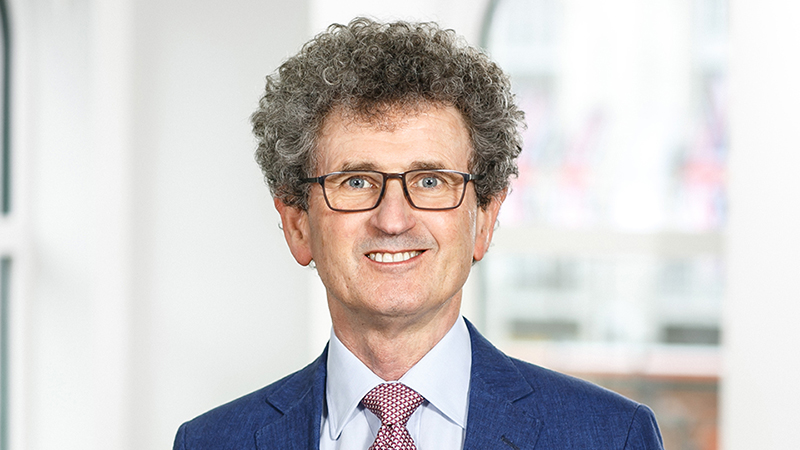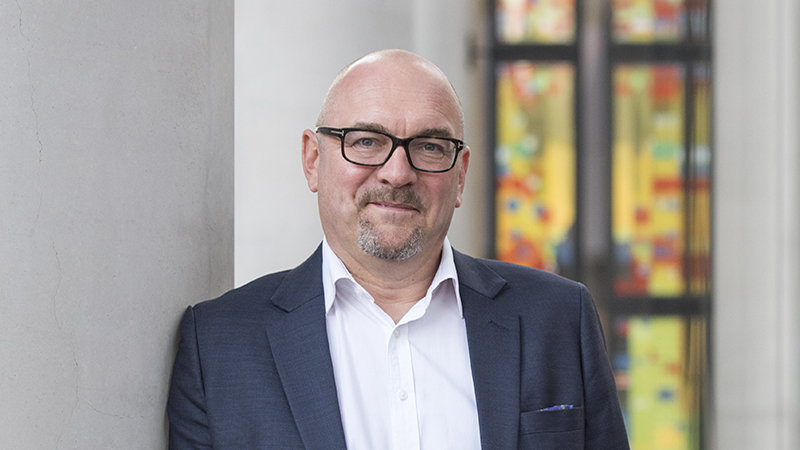In those days, Invesco Perpetual High Income (£9.5bn) was the largest. Indeed, the manager, Neil Woodford was also responsible for the second largest fund, Invesco Perpetual Income (£6.7bn), heading up a top ten dominated by UK equity income funds, including Jupiter Income (£4bn) and Newton Higher Income (£3.4bn).
Top ten of 2007
UK equity funds were well represented with Legal & General UK Index (£4.5bn) and M&G Recovery (£3bn) also ranking. Europe, balanced, global and specialist funds completed the list – Fidelity’s European Fund (£4.8bn) coming in third and M&G matching Invesco Perpetual with two funds in the 2007 top-ten giants.
Flash forward to today and only four funds from 2007 remain – Invesco’s two income funds, M&G Recovery and BlackRock’s balanced fund, Consensus 85. New entrants include Scottish Widows’ UK tracker, which replaces Legal & General, as well as one Asian, two absolute return and two bond funds.
This shift in orientation reflects investors’ changing appetite for risk following the global financial crisis of late 2008. First State Asian Pacific Leaders (£6.6bn) has attracted investors looking to participate in the growth of the progressive economies of the Far East. Seeking absolute return through investing in quality has proven a winning formula for drawing in new inflow for the manager.
Newton Real Return Fund (£7.1bn) has also been a success as investors have prioritised capital preservation over growth. M&G’s two bond funds, Optimal Income (£11.2bn) and Corporate Bond (£6.4bn), both managed by Richard Woolnough, make up the ten.
The fund flows into the IMA’s fixed interest sectors are well documented. In an environment of low interest rates, unsurprisingly investors have been chasing yield. Gilt yields fell to record lows last year, with fund buyers preferring corporate to government debt. M&G’s Optimal Income Fund, launched six years ago, has been a major beneficiary. This is a strategic bond fund where the manager looks to maximise returns in a diversified bond portfolio.
Absolute return funds have also been a magnet for much retail investment – not those pursuing the strategies associated more commonly with hedge funds, but diversified multi-asset funds prepared to invest in both traditional and alternative asset classes.
Top ten of 2017?
Let’s consider the trends. The growing economic independence of the East will lead to the accumulation of more Asian and emerging market assets. However, domestic equity, therefore UK funds, long the cornerstone of portfolio construction, will remain in contention.
RDR favours outsourcing, so arguably more managed funds may rise to the top, while absolute return funds could become less attractive as we enter a new secular equity bull market.
As for bond funds, that depends on the future path of interest rates – and if inflation rises, real assets will become the asset class of choice.










